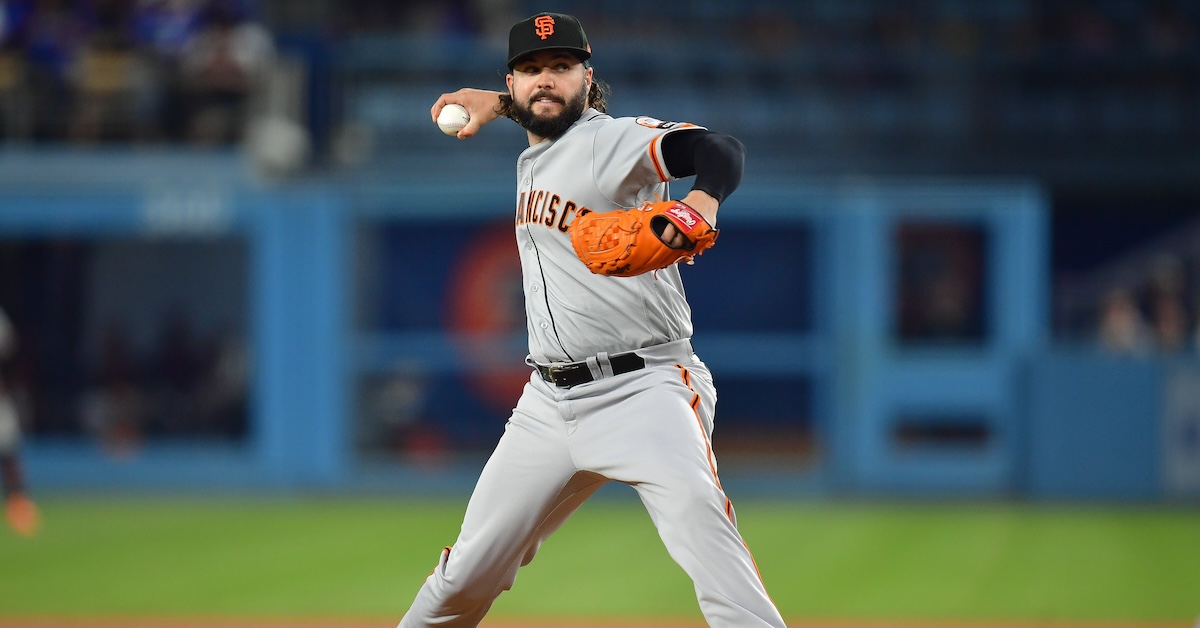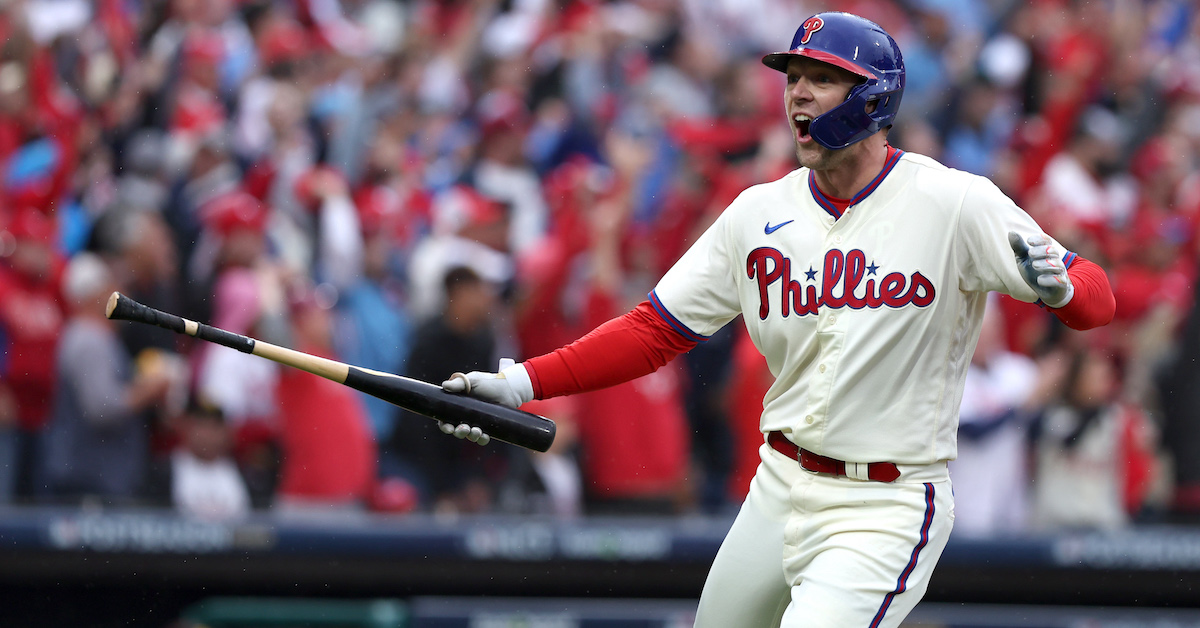Hendriks, Woodruff Set Stage for 2025 Returns

Worried that civilization is going to come to an end this year? Fear not. The Red Sox and Brewers have both made big bets that life will go on in 2025. Boston has signed reliever Liam Hendriks to a two-year, $10 million contract with a mutual option for 2026. In Milwaukee, Brewers ace Brandon Woodruff, who was non-tendered in November, will remain a Brewers ace for the time being; Jon Heyman reported Monday morning that Woodruff and the team were in agreement on their own two-year contract, the terms of which are as yet undisclosed.
Based on their performance over the past several seasons, both Hendriks and Woodruff would probably be in line to make way more money on much longer-term deals if either one were expected to pitch in 2024. Woodruff made only 11 starts in 2023 and underwent shoulder surgery in October. Hendriks underwent treatment for non-Hodgkin’s lymphoma last offseason; cancer defeated, he returned to the field in May. His comeback was as short-lived as it was widely celebrated, though; less than two weeks after his first outing of 2023, Hendriks’ elbow started barking. The dreaded forearm strain turned into the even-more-dreaded torn UCL, and the avuncular Australian had Tommy John surgery in early August. Read the rest of this entry »








